
In today’s data-driven world, maintaining the confidentiality of sensitive information is of paramount importance for individuals, businesses, and organizations. Confidentiality breaches can have far-reaching consequences, including financial losses, reputational damage, and legal ramifications. Understanding the sources of confidentiality breaches is crucial for implementing effective security measures.
In this article, we will explore some of the main sources of confidentiality breaches and discuss strategies to mitigate these risks.
1. Theft of Employee Laptops
Theft of employee laptops remains a significant threat to the confidentiality of sensitive data. Laptops often contain a treasure trove of confidential information, including business plans, customer data, and proprietary software. When laptops are stolen, unauthorized individuals may gain access to this valuable data. To prevent such breaches, organizations should enforce strict policies on laptop security, including the use of encryption, remote wiping capabilities, and physical security measures.
2. Leaving Computers with Confidential Information Unattended
Leaving computers unattended, especially in public spaces, poses a significant risk to confidentiality. An unattended computer can be easily accessed by unauthorized individuals, leading to potential data exposure. Employees should be educated about the importance of locking their computers or logging out when stepping away, and workplaces should implement clear policies regarding computer usage and security protocols.
3. Providing Unauthorized Access to Unconcerned Persons
Granting unauthorized individuals access to confidential information is a common source of breach. This can occur due to human error, such as miscommunication or lack of awareness about access privileges. Robust access controls, identity verification protocols, and regular reviews of user permissions can help prevent unauthorized access and ensure that only authorized personnel have access to sensitive data.
4. Unauthorized Access by Hackers Through Malware
Cybercriminals often employ sophisticated malware and hacking techniques to gain unauthorized access to confidential information. Malware, such as keyloggers and remote access Trojans, can compromise systems and harvest sensitive data without the user’s knowledge. Employing strong cybersecurity measures, including up-to-date antivirus software, regular system patching, and employee training on recognizing phishing attempts, is essential to thwart such attacks.
5. Consulting Company Employees Violating Confidentiality Agreements
When organizations collaborate with external consulting firms, contractors, or partners, there is a risk of confidentiality breaches if those individuals violate their agreements. Careful selection of trusted partners, clear contractual agreements, and ongoing monitoring of their activities can help minimize this risk. Non-disclosure agreements (NDAs) play a crucial role in legally binding parties to maintain confidentiality.
6. Unlawful Use of Information for Personal or Business Gains
Sometimes, individuals within an organization may misuse confidential information for personal or business gains. This could involve insider trading, leaking sensitive data to competitors, or using proprietary information to gain an unfair advantage. Establishing a strong ethical culture, providing clear guidelines on acceptable behavior, and implementing monitoring mechanisms can deter such breaches and promote a culture of integrity.
Conclusion
The protection of confidential information is an ongoing challenge in a digital age marked by ever-evolving threats. By understanding the sources of confidentiality breaches, organizations can proactively implement security measures to mitigate risks. A comprehensive approach that combines technology, policies, employee training, and legal safeguards is crucial for safeguarding sensitive data and maintaining the trust of stakeholders.
In a world where data is a valuable asset, prioritizing confidentiality is not only a legal and ethical obligation but also a strategic imperative for long-term success.
You may also like:- How To Fix the Crowdstrike/BSOD Issue in Microsoft Windows
- MICROSOFT is Down Worldwide – Read Full Story
- Windows Showing Blue Screen Of Death Error? Here’s How You Can Fix It
- A Guide to SQL Operations: Selecting, Inserting, Updating, Deleting, Grouping, Ordering, Joining, and Using UNION
- Top 10 Most Common Software Vulnerabilities
- Essential Log Types for Effective SIEM Deployment
- How to Fix the VMware Workstation Error: “Unable to open kernel device ‘.\VMCIDev\VMX'”
- Top 3 Process Monitoring Tools for Malware Analysis
- CVE-2024-6387 – Critical OpenSSH Unauthenticated RCE Flaw ‘regreSSHion’ Exposes Millions of Linux Systems
- 22 Most Widely Used Testing Tools

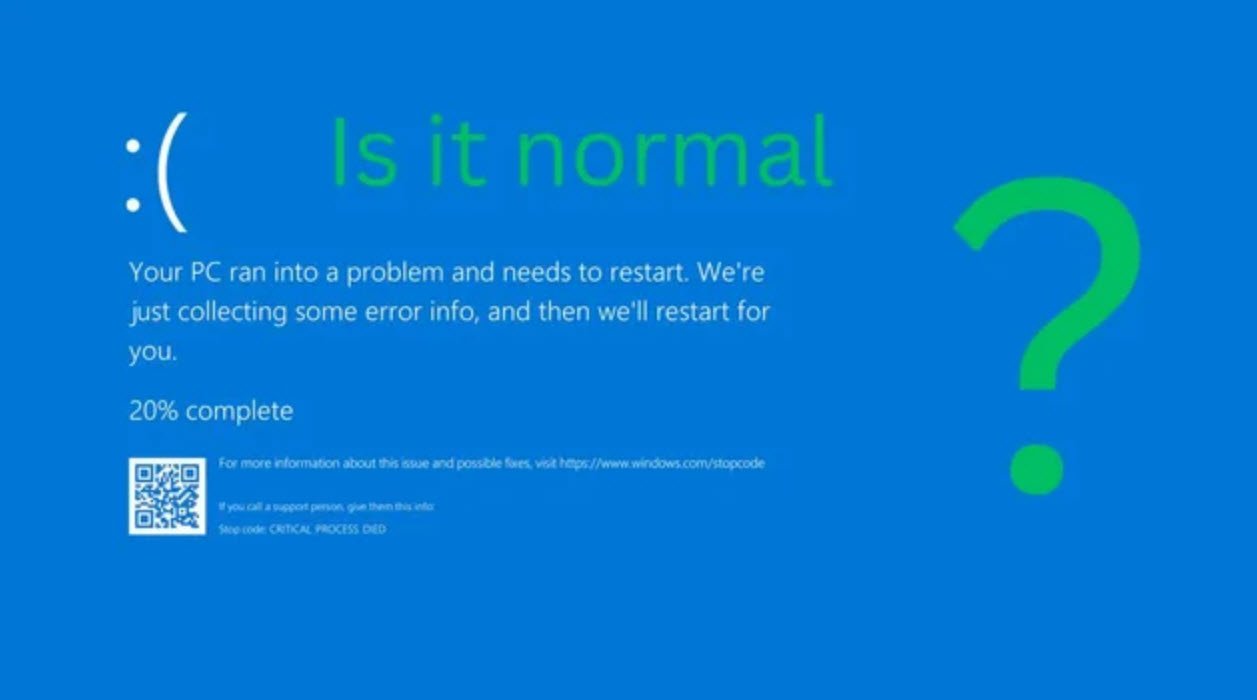
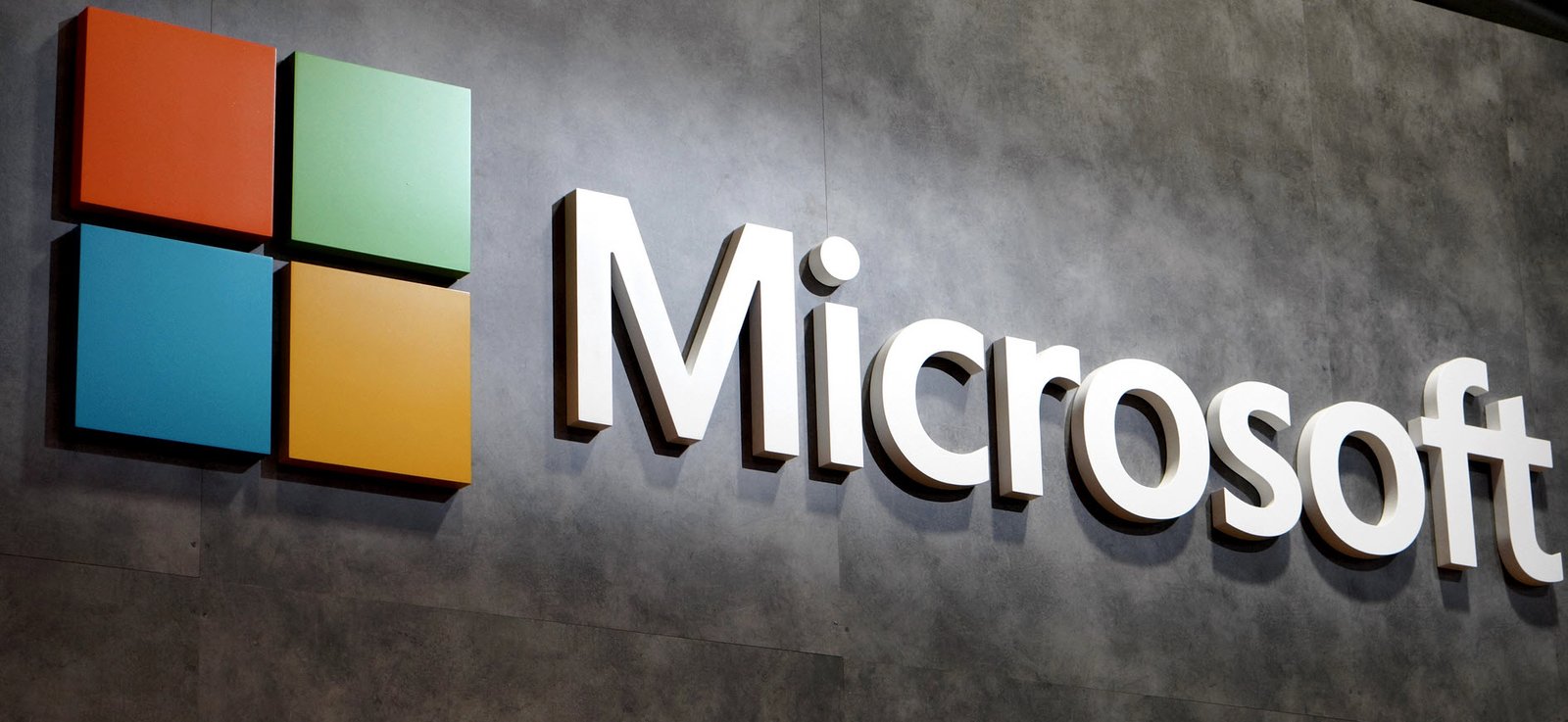
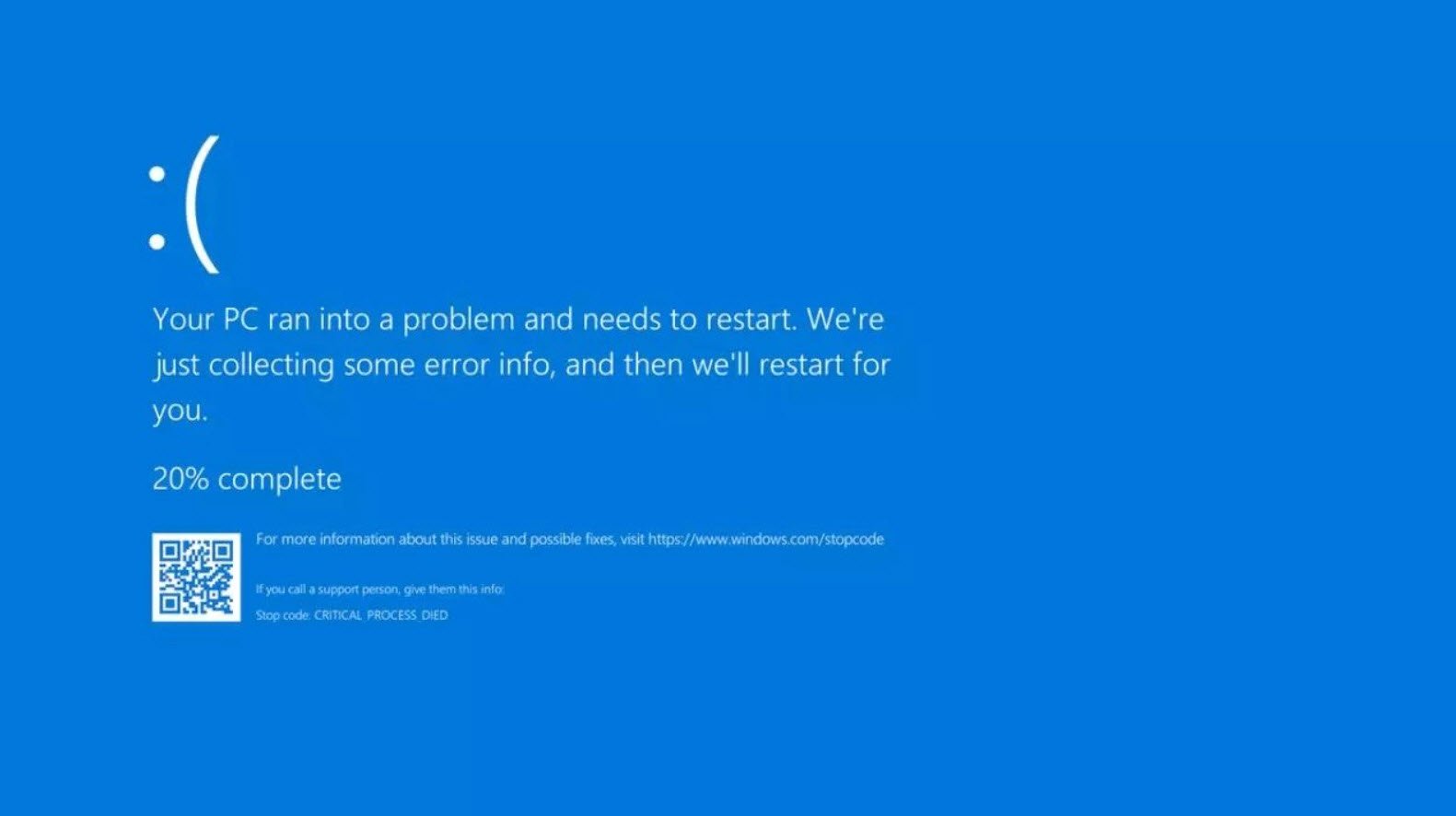
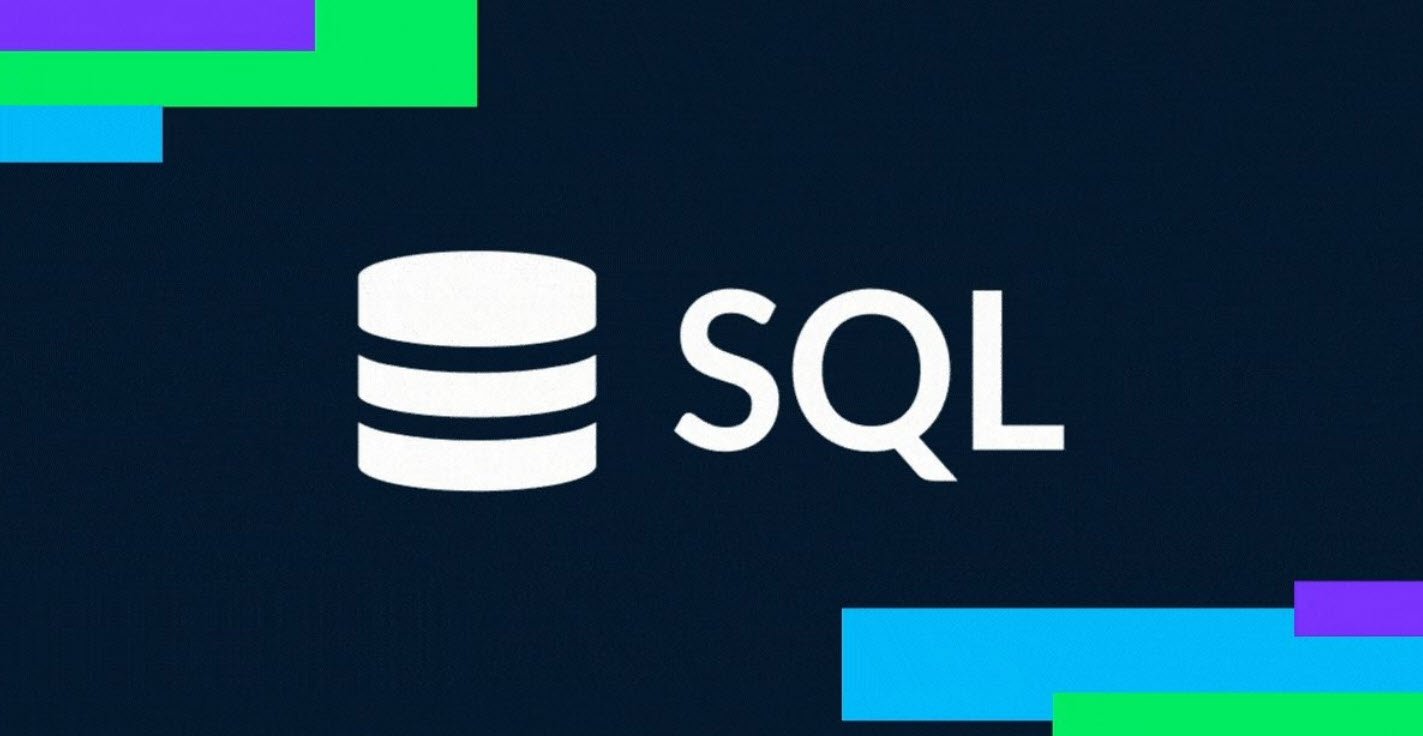
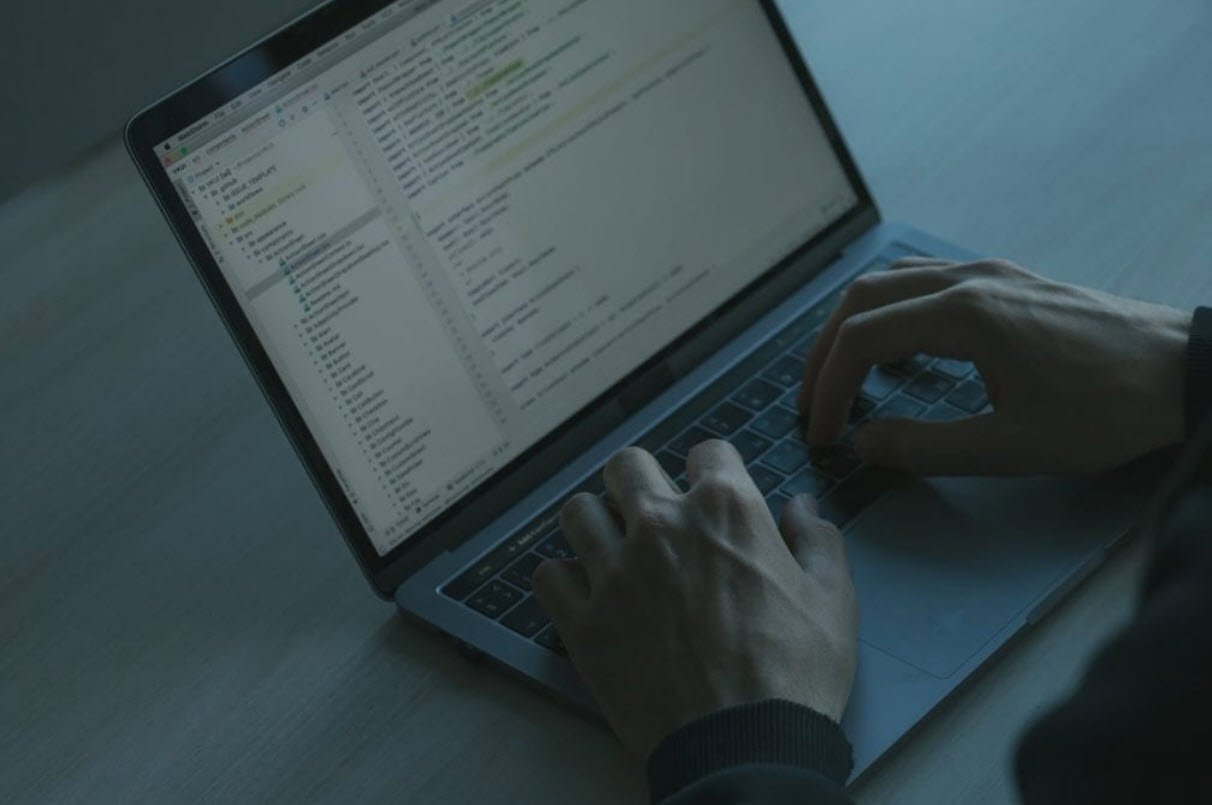
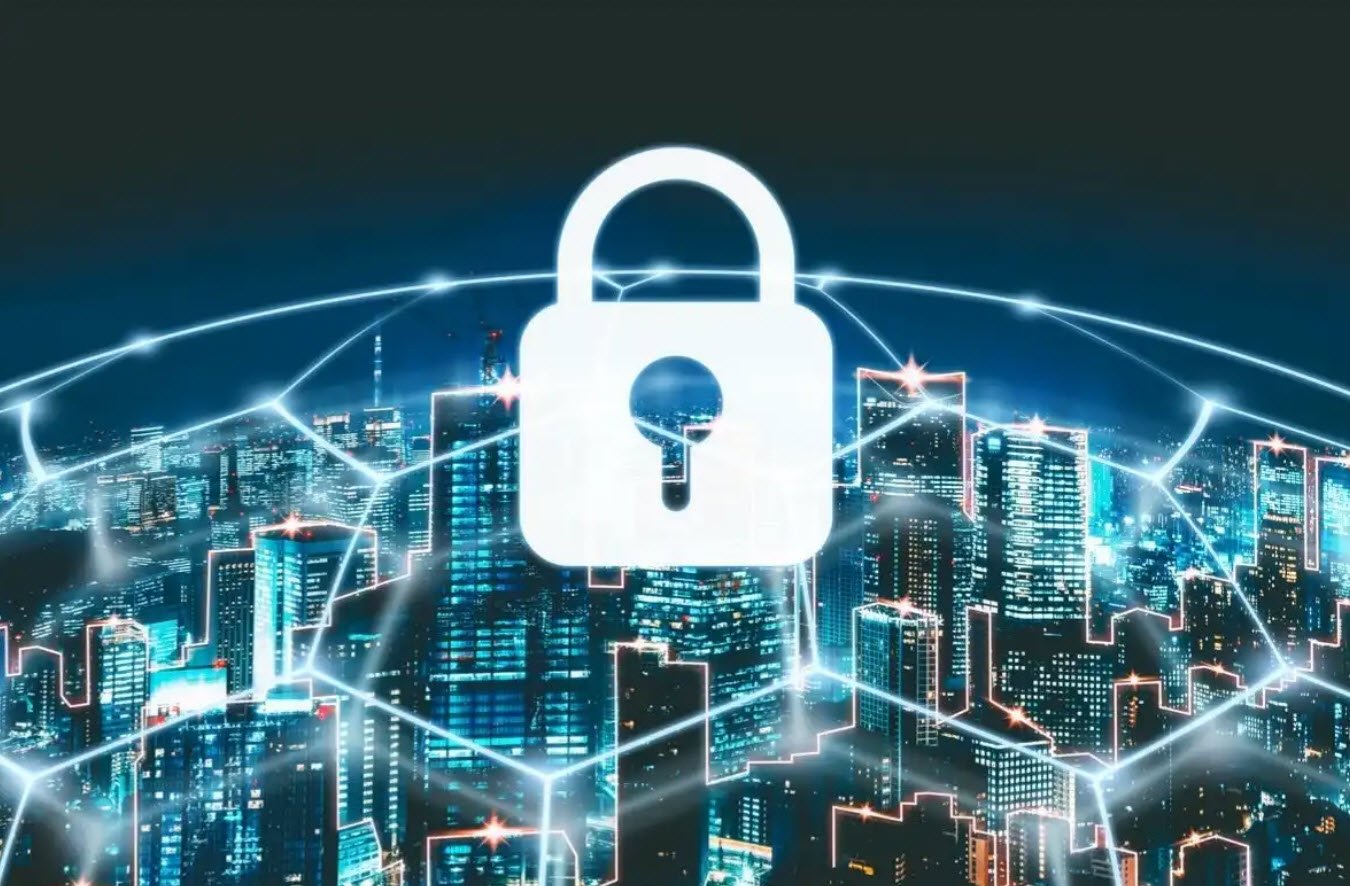
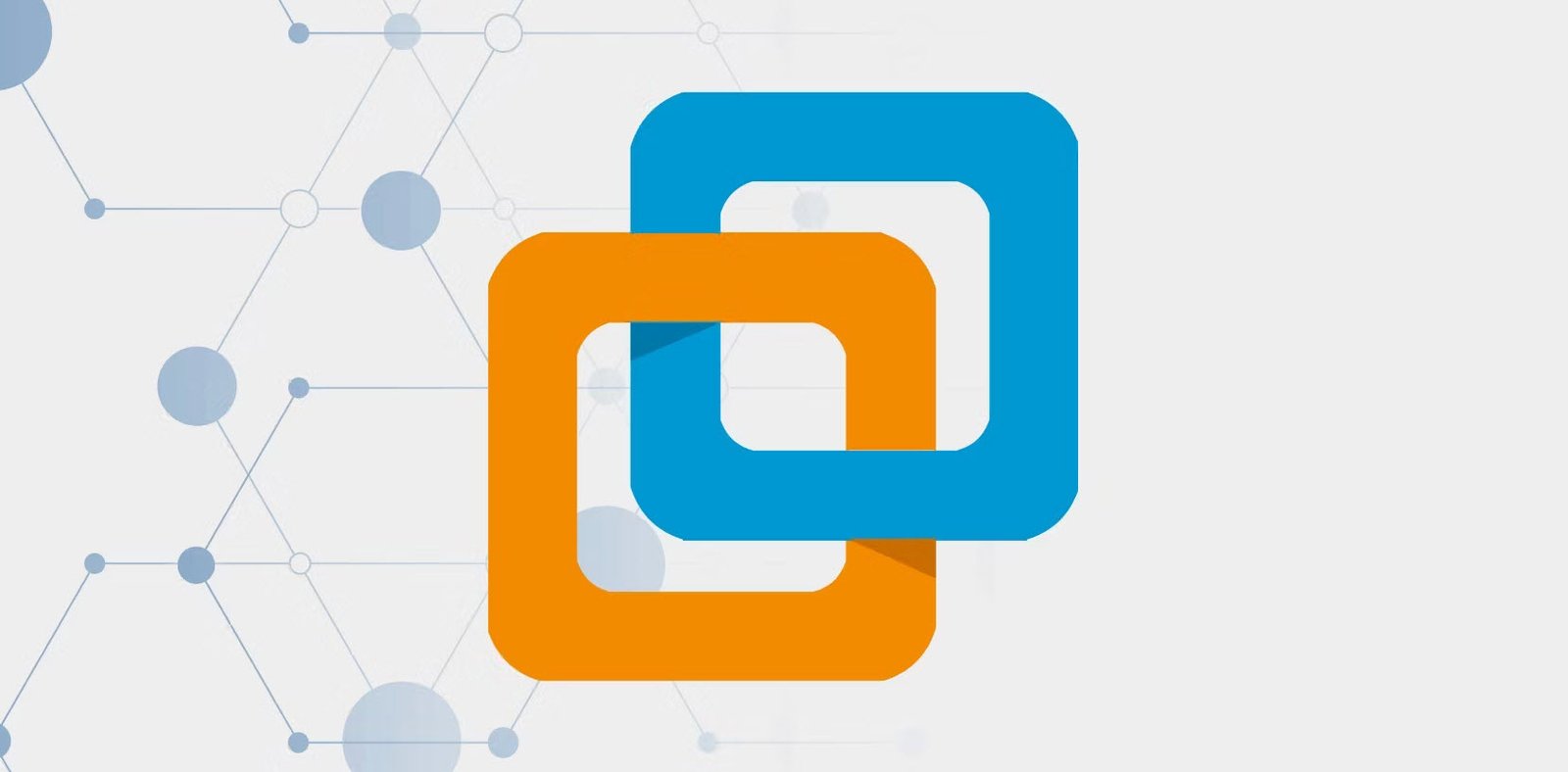
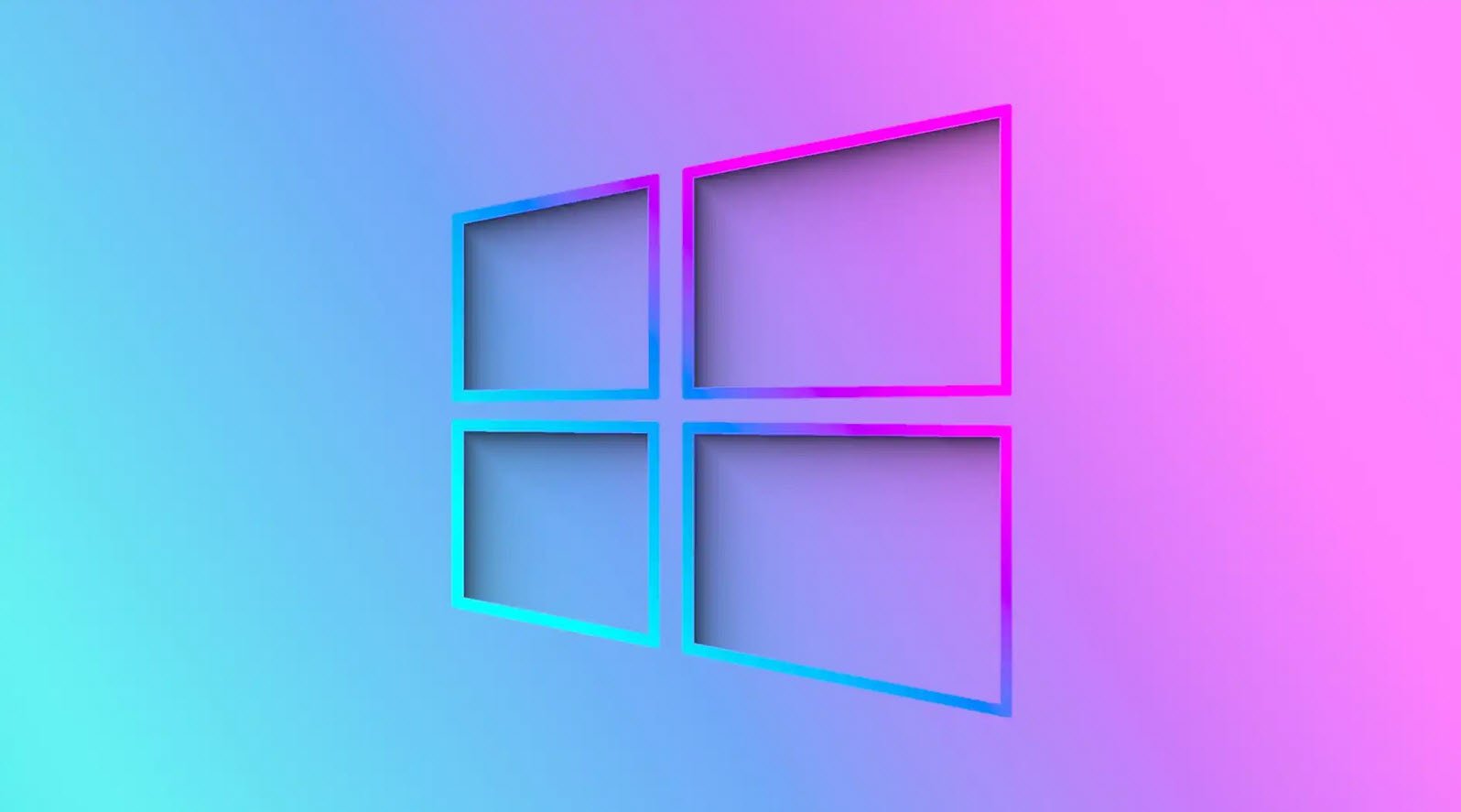
This Post Has One Comment